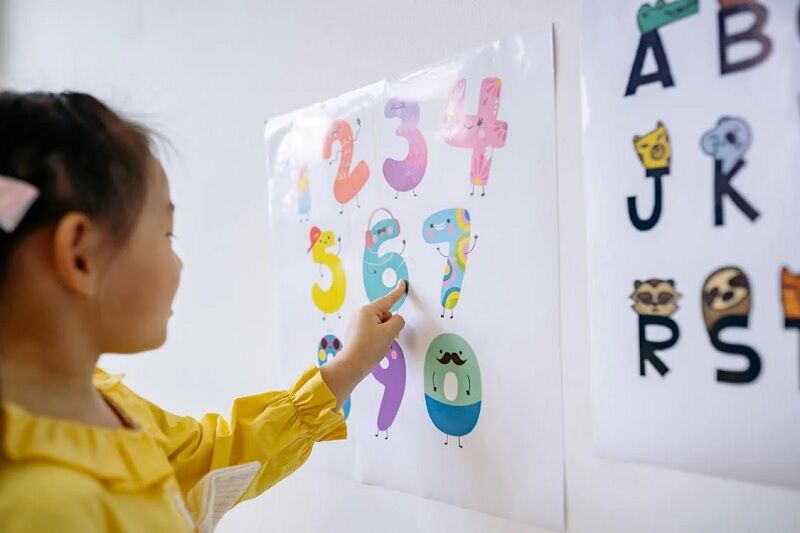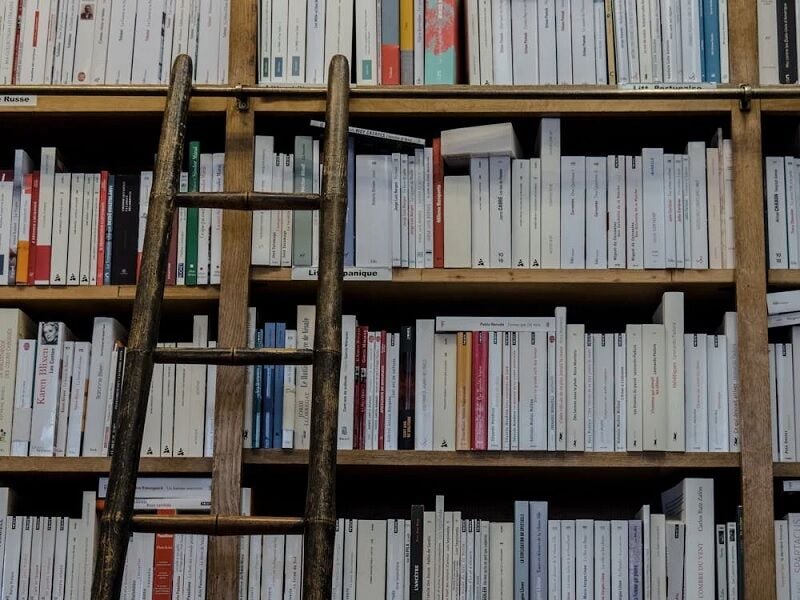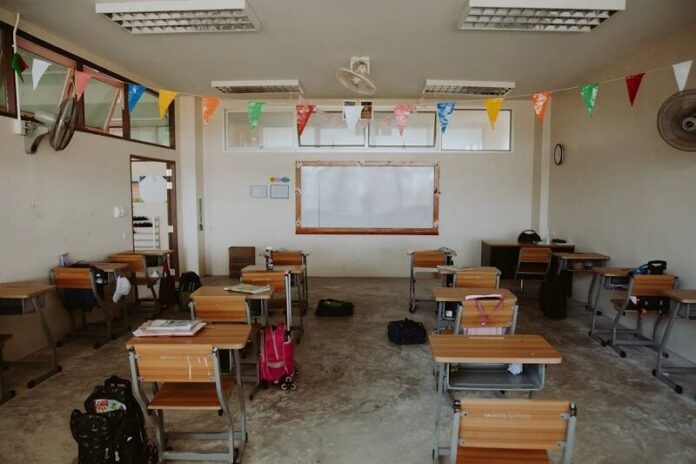Dive into the heart of Thailand, where a unique blend of tradition and education takes place in monastic schools. Far from the hustle and bustle of Bangkok, these institutions play a pivotal role in shaping the minds of monks and novices, despite being largely informal and idiosyncratic. Yet, it’s intriguing to note that the influence of elite and royal reform movements has been minimal on their curriculum.
Historically, attempts to reform Siamese Buddhist education have been made, but their impact is often lost in the echoes of rural Thailand. From the Thammayut monasteries to the Mahanikaya sect, the educational landscape is diverse, and yet, the textbooks of Prince Wachirayan and his successors are seldom found.
As we delve deeper, we’ll uncover how these schools function, the kind of education they impart, and their influence on Thai society. Despite the rise of other educational institutions, the essence of monastic schools in Thailand remains unique and largely untouched by urban reforms.
Historical Context of Monastic Schools in Thailand
Deep within Thai society, monastic schools hold a central position in providing education, keeping the traditional spirit intact. Expert insights into this context may uncover the uniqueness of these institutions and their influence on shaping the minds of monks and novices.
The evolution of monastic education
Monastic Education in Thailand has a rich and longstanding history, dating back to the Ayutthaya period. Reports by La Loubère and van Vliet provide critical insights into the early forms of monastic education, notably the oral translation of Pali passages in front of the king. The evolution saw a system of three-tier exams, based on models used during the late Ayutthyan period.
Monastic reforms were sporadic till 1466, starting with King Boromatrailokanaat, who granted parcels of rice paddy to monks and novices possessing in-depth Dhamma knowledge. Another significant move was by King Narai in 1688, who initiated exams based on the ability to read out Bali books, indicating the rise of practical, skill-based learning in monastic schools.
Integration with the siamese kingdom
Monastic schools didn’t ride in isolation—they grew, transformed, and integrated with the evolving Siamese Kingdom. With contributions from every stratum of the kingdom, they played a crucial role in maintaining national consciousness. With cool heads and warm hearts, monks acted as the torchbearers of spirituality and literacy, ensuring the even spread of knowledge.
Kingdom’s growth ran parallel to the reform agenda set for these schools, and the implemented education reforms were often uneven. Extended even to nineteenth-century reformers, the promotion of Pali in education is an example of this approach.
Educational impact of monastic schools

Since European colonisation and centralisation, monastic education has transformed substantially in Thailand, previously known as Siam. The influence of monastic schools in Thailand, particularly in the preservation and development of the nation’s culture, heritage, and tradition, is of profound significance.
Curricular focus and educational philosophy
The curriculum of monastic schools is primarily centred on Dhamma knowledge, Pali language, Thai culture, ancient Thai history, and Buddhist arts. While it retains much of the traditional wisdom of Thailand, there are ways in which the methods have been modernised. For example, the transition from memorising to reproducing original Pali texts suggests a move towards skill-based learning. Moreover, if indicators suggest budgetary constraints, these haven’t stopped the reformers of the 19th century from promoting the education of Pali, albeit with varying degrees of success across the region.
Contrary to this, the Sangha Act of 1902 and the increase of Pali education have not been fully realised, largely due to a lack of adequate facilities. It’s important to note that whilst Pali education is concentrated on rote learning, it is critical to how these texts can offer perspectives on global issues, moving beyond the mere memorisation aspect.
Contributions to literacy and learning
With a rich history dating back to the Ayutthaya period, monastic schools in Thailand have made significant contributions to the national literacy rates and overall education development. For example, the exams that started in the Ayutthaya period and other Buddhist texts formed the foundation for the new ‘nak dham’ Buddhist examinations, which have remained relatively unchanged to this day.
Interestingly, the focus is not on canonical texts but rather on commentarial texts and Thai handbooks and anthologies. This unique approach to education, designed to preserve and develop the country’s cultural and traditional heritage, has filtered down to even the grassroots level, catering for the educational needs of the everyday citizen.
Cultural and social contributions

Deeply rooted in the education system, monastic schools in Thailand exert significant influence on society and culture. These institutions should be lauded for conserving Thai tradition and facilitating community development and social cohesion.
Preserving Thai tradition and culture
Monastic schools play a crucial role in embedding Thai tradition and culture in the national psyche. They provide an array of subjects that directly align with this objective such as Thai Culture, Ancient Thai History, and Buddhist Arts. Conservation of the rich cultural heritage becomes a central aspect of the curriculum, equipping learners with indispensable knowledge of their historical lineage and societal values.
For instance, the Mahamakut Buddhist University fosters the education of subjects as varied as Sculpture, Drawing, and Architecture in its curriculum. This curriculum’s uniqueness lies in its contribution towards heritage preservation – a testament to the influence of monastic schools in Thailand.
Role in community development and social cohesion
Monastic schools in Thailand extend their influence beyond academic walls, becoming vital anchors in their communities. They play a pivotal role in fostering social cohesion and integrating education with community development.
The embodiment of this vision can be seen in the student body of monastic schools, often comprised of monks from various neighbouring countries such as Laos, Cambodia, Myanmar, Vietnam, Bangladesh, Nepal, and India. The age range of these students is drastically diverse, fostering an environment of inclusion and continuous learning that caters to students from 19 to 73 years old.
Contemporary relevance

Modern adaptations in monastic education
Monastic schools in Thailand have proved adaptive to modern demands, showcasing, through time, their ability to evolve. The topical focus has seen a slight shift from subjects of traditional Thai art and culture to more universal educational disciplines, such as English language studies and Linguistics. Post primary school education, he applied his study of Dhamma and Pali at his city temple towards a university major in English at Mahachulalongkornrajavidyalaya University in Bangkok. Despite a limited English background from his primary school, facilitated by targeted efforts, he completed the English major and achieved further MA in Linguistics and PhD English degrees in India.
Challenges and opportunities
Despite praiseworthy adaptability on a topical front, the proper implementation of systemic educational reforms put forth by reformers of the nineteenth century continues to remain a struggle for these monastic institutions. Hindered progress can largely be attributed to budgetary constraints and infrastructural deficiencies, such as inadequately ventilated classrooms and lack of proper desks.
The Sangha Act of 1902, promoting Pali education, has been another principal casualty due to these lacunae. Monks and novices, as a result, find themselves bearing the weight of these shortcomings, limiting their ability to fully engage with the Dhamma.
So you’ve journeyed through the engaging history of Thailand’s monastic schools. You’ve seen their evolution and how they’ve adapted to the changing educational landscape. They’ve faced challenges, yet they’ve remained resilient, preserving Thai culture, Buddhist arts, and Dhamma knowledge while embracing universal disciplines. These schools have not only contributed to national literacy rates but also paved the way for a more inclusive academic future. Yes, there are hurdles like budget constraints and infrastructural deficiencies. But remember, these are opportunities for growth. With the right investments in amenities and teacher training, monastic schools can align with Thailand’s Higher Education Reforms. They’re not just surviving; they’re thriving, preparing graduates for diverse vocational paths. Monastic schools in Thailand aren’t just institutions; they’re a testament to the country’s educational resilience and cultural richness.
Want to know more, challenges of rural education in Thailand. Envision a circumstance where the payment of tuition is not carried out through monetary transactions but through the process of tree planting and participation in community service activities. This is the state of affairs in certain remote regions of Thailand, where educators, imbued with a deep sense of commitment, are endeavouring to deliver high-quality education despite numerous hindrances.
Education



